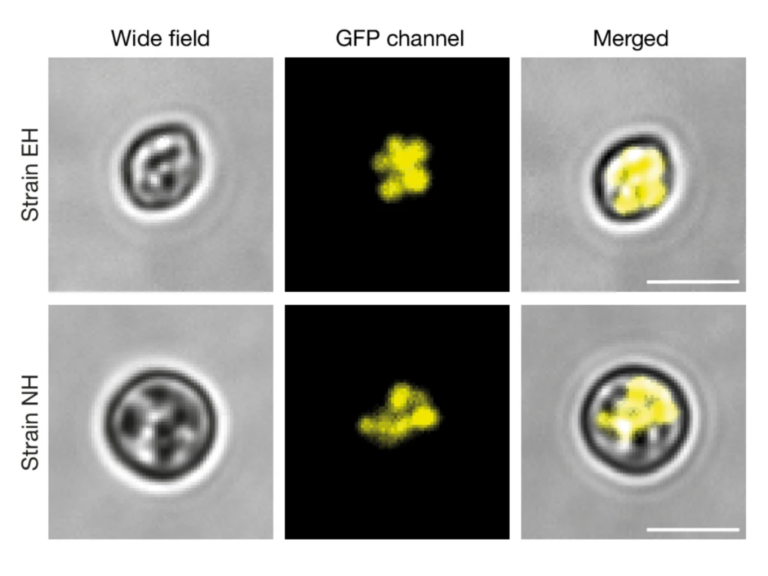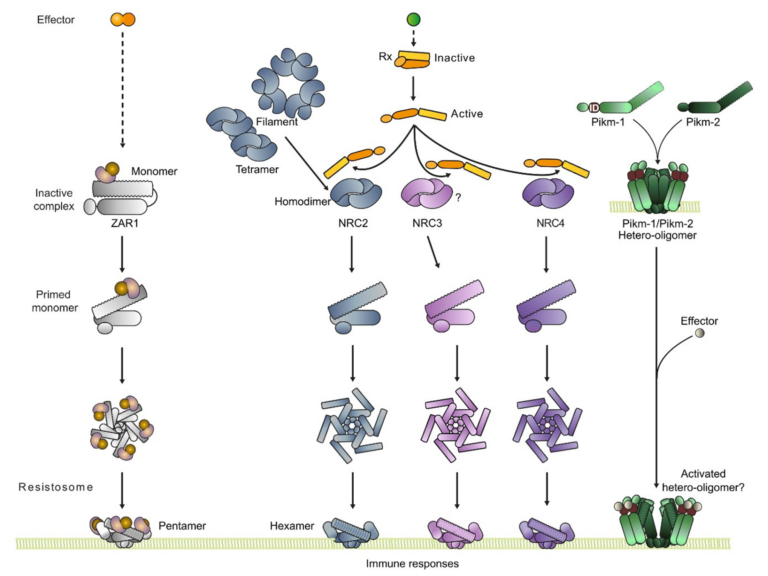Septin-dependent invasive growth by the rice blast fungus Magnaporthe oryzae
Septin GTPases are morphogenetic proteins that are widely conserved in eukaryotic organisms fulfilling diverse roles in cell division, differentiation and development. In the filamentous fungal pathogen Magnaporthe oryzae, the causal agent of the devastating blast diseases of rice and wheat, septins have been shown to be essential for plant infection. The blast fungus elaborates a specialised infection structure called an appressorium with which it mechanically ruptures the plant cuticle. Septin aggregation and generation of a hetero-oligomeric ring structure at the base of the infection cell is indispensable for plant infection. Furthermore, once the fungus enters host tissue it develops another infection structure, the transpressorium, enabling it to move between living host plant cells, which also requires septins for its function. Specific inhibition of septin aggregation—either genetically or with chemical inhibitors—prevents plant infection. Significantly, by screening for inhibitors of septin aggregation, broad spectrum anti-fungal compounds have been identified that prevent rice blast and a number of other cereal diseases in field trials. We review the recent advances in our understanding of septin biology and their potential as targets for crop disease control.


